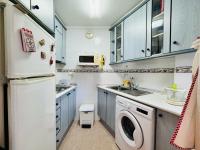The interest of Spanish investors in former religious buildings is increasing considerably. Numerous property buyers are hunting for their ideal deconsecrated church to convert it in a comfortable home. Ex-convents, former chapels and buildings which had a religious function in the past and wer ...
Former religious buildings for sale in Spain
The interest of Spanish investors in former religious buildings is increasing considerably. Numerous property buyers are hunting for their ideal deconsecrated church to convert it in a comfortable home. Ex-convents, former chapels and buildings which had a religious function in the past and were used to pray and save souls are adapted to serve as residential dwellings.
It is very difficult to say how many buildings of this type there are in Spain, because many are already owned by private individuals and are registered as buildings of historical interest. The only thing known is that these places of worship – that are very often located in attractive areas – were put up for auction under Princess Cristina of Bourbon who expropriated the Church of those properties to reorganize the State finances. From that time old monasteries and nunneries were transformed into hotels; former chapels, instead, were converted into apartments or corn warehouses, according to the needs of the inhabitants.
The most emblematic case in Spain is represented by Zara’s shop in Salamanca located in the old church of San Antonio el Real convent. The renovation of the former convent has enhanced architectonical and historical elements of a building that had been neglected for a long time. The former place of worship has come back to life in a new light.
The Architect Fernando García Erviti has explained to Epoca magazine that Spain boasts a noteworthy Romanesque and Baroque heritage, which can survive only through a constant use. Among the most remarkable offers at the moment there is the 16th-century convent of Trinidad de Cuellar that was built by monks and used by the soldiers of Napoleon as their General Headquarters in 1809. In the 1930s, it was bought by a noble family that converted it in an 800-sqm villa with roomy halls, eight bedrooms but only two bathrooms. Now, it is sold for 1.2 million euros, but maybe it needs some modernization works.
These former places of worship are appealing real estate investment opportunities as they can be converted into fascinating tourist accommodation facilities. Nonetheless, investors must take into account that renovation works are expensive and are subject to strict rules, as they must retain their original features; indeed, the high costs of renovation have hampered the sale of a 17th-century church situated in Santo Domingo de Huete, close to the small town of Cuenca. The 1800-sqm building may be an excellent place to create a rural hotel.
Renovating and residing in a former religious building is another way to grasp the essence of Spain and understand the soul of this vibrant country in natural, historical and cultural settings.
Deconsecrated churches, convents, abandoned abbeys, old rectories, vicarages and private chapels can be found not only in Spain but also all over Italy – in Tuscany, Lazio, Umbria, Emilia-Romagna, Apulia, Abruzzo and Marche and in the UK – in the Cotswolds region.
Click on the following links to learn more about alternative investment solutions:
- Mansards and lofts: Alternative housing solutions in Italy
Related Insights
-
Former religious buildings for sale in Spain
Real Estate Listings
For sale 2 Bedrooms, Spain, Alicante, Torrevieja, .

For sale
2 Bedrooms
56 m²
For sale 3 Bedrooms, Spain, Alicante, Torrevieja, .
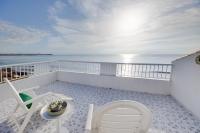
For sale
3 Bedrooms
58 m²
For sale 2 Bedrooms, Spain, Alicante, Torrevieja, .

For sale
2 Bedrooms
83 m²
For sale 2 Bedrooms, Spain, Alicante, Torrevieja, .
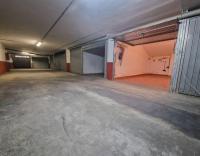
For sale
2 Bedrooms
60 m²
For sale 2 Bedrooms, Spain, Alicante, Torrevieja, .

For sale
2 Bedrooms
60 m²
For sale 2 Bedrooms, Spain, Alicante, CALLE MALDONADO, .
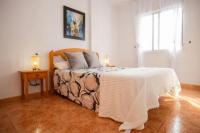
For sale
2 Bedrooms
65 m²
For sale 2 Bedrooms, Spain, Alicante, Orihuela Costa, .
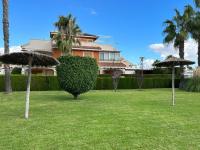
For sale
2 Bedrooms
65 m²
For sale 2 Bedrooms, Spain, Alicante, Alicante, Calle Bahia 163
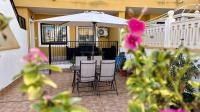
For sale
2 Bedrooms
75 m²
For sale House, Spain, Tarragona, Mont-Roig del Camp, CALLE GRAN CANARIA 66
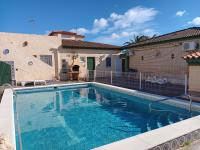
For sale
House
600 m²

